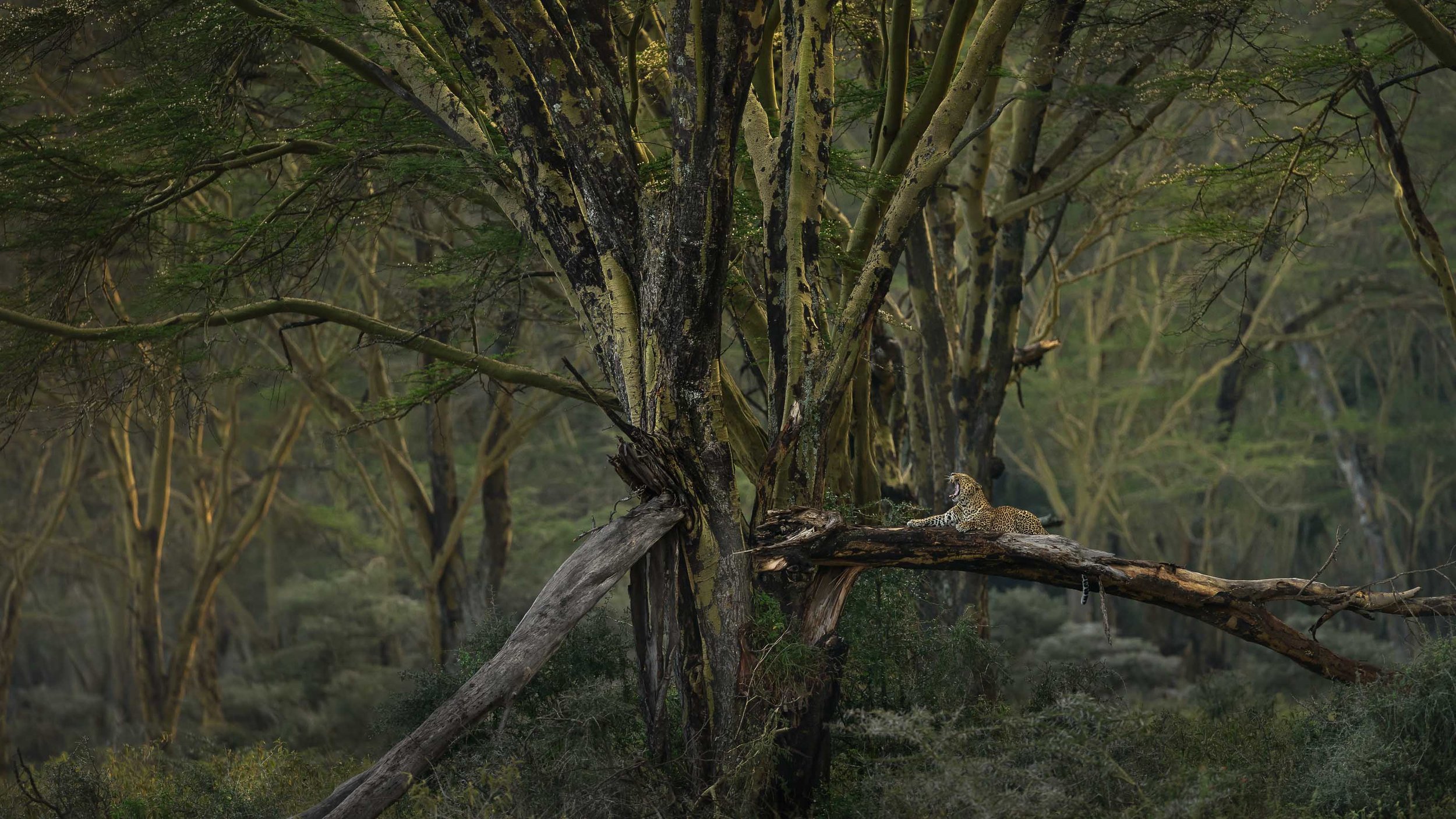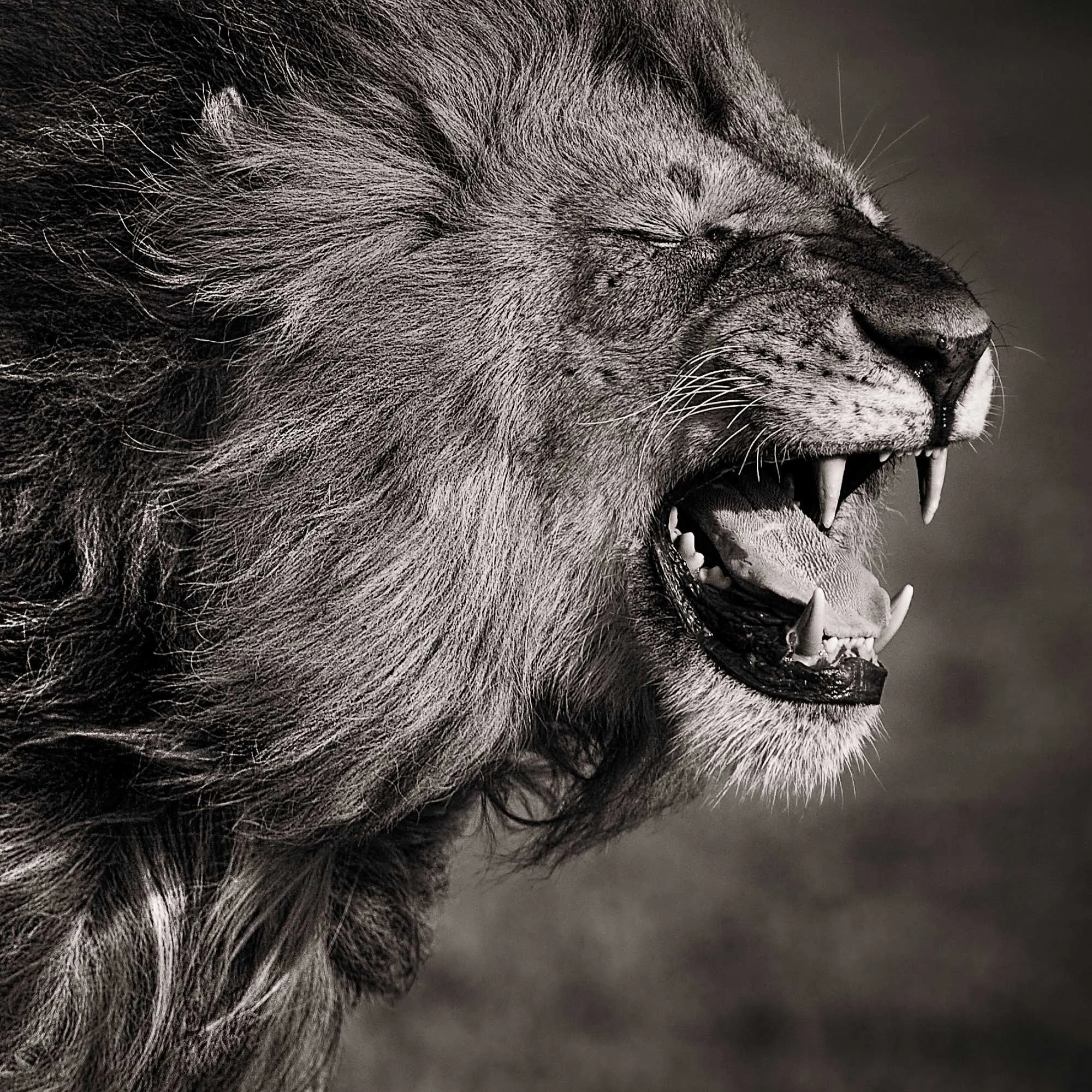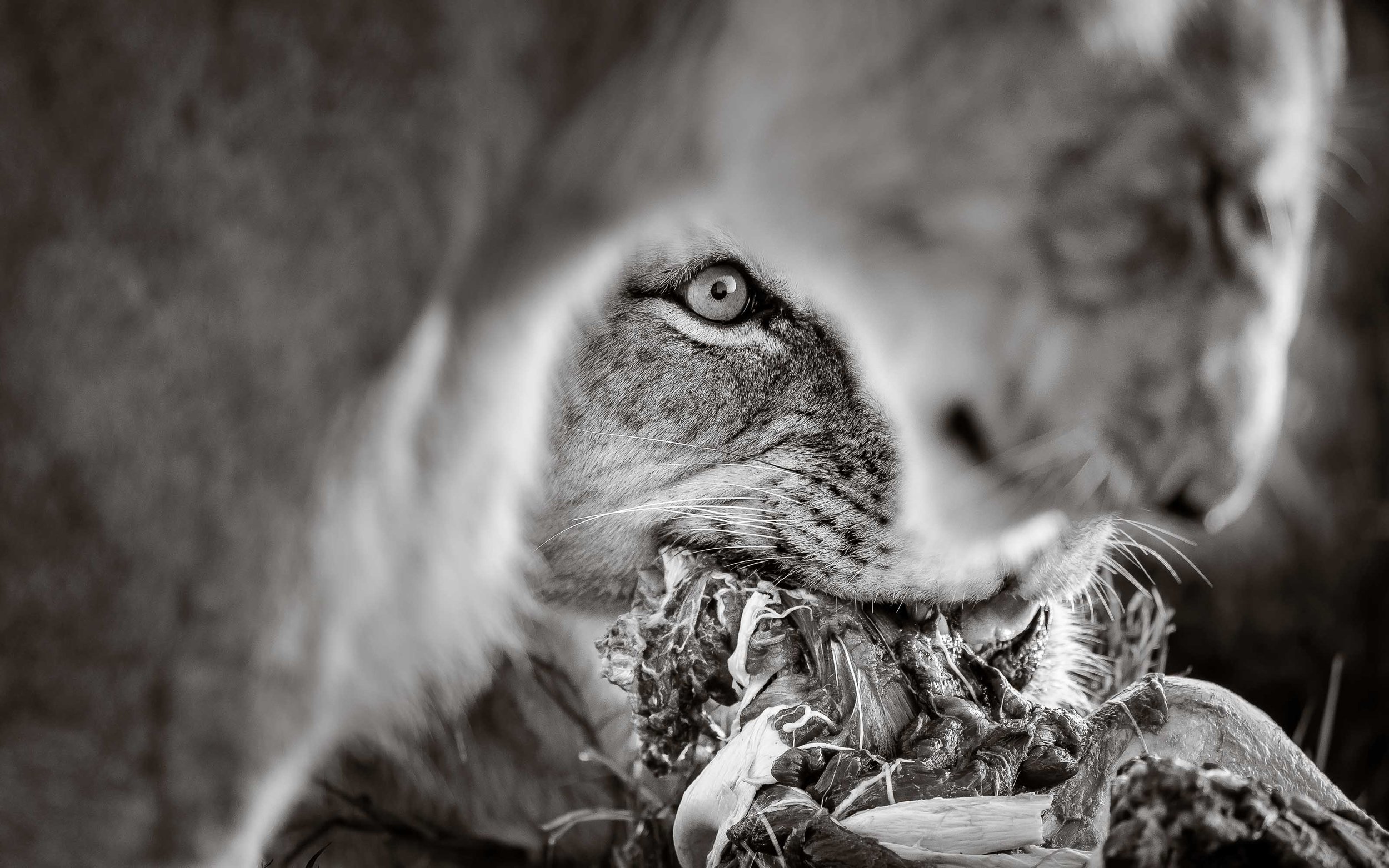African Leopard Photographs: A Tribute to the Elusive Big Cat
International Leopard Day, held annually on 3rd May, is a global event to raise awareness and support for leopard conservation. It also offers a timely opportunity to reflect on one of the most elusive and captivating big cats in the wild.
I’ve spent many years photographing African leopards in the wilds of Kenya, and I can say with confidence that they are among the most challenging animals to photograph well, and perhaps the most rewarding.
Leopards are masters of camouflage and solitude. Unlike lions, they rarely tolerate company or attention. Often, they disappear into the bush as quietly as they arrived. That fleeting nature is part of what draws me to them, and why, when everything aligns, the resulting leopard photo feels all the more powerful.
The making of leopard photograph, First Light
One leopard photograph I am particularly proud of is First Light, captured in 2011 in the Maasai Mara in Kenya, shown above.
The African leopard in this photograph is Nyakoni, the son of Olive, a legendary Maasai Mara leopard made famous by the Big Cat Diary TV series. As he moved beneath a canopy of trees in the early morning, light filtered through the leaves, dancing across his coat.
At the time I took the frame, I didn’t notice the streak of light across his eyes. It was only later that I saw how that one moment of light brought the entire image to life.
Black and white leopard photography
First Light was originally processed in colour, but I later chose to render it in black and white. This is not a common treatment for leopards, given the importance of their distinctive coat. I’d long wanted to create a black and white leopard image that felt authentic and strong.
I drew inspiration from Bob Carlos Clarke, a British photographer whose darkroom techniques — particularly his selenium toning on fibre-based paper — made a lasting impression on me. The treatment I used on the African leopard featured in First Light is a subtle nod to his work, adding a hint of warmth and depth while remaining true to the original moment.
This frame, the most aesthetically pleasing of a short sequence, is uncropped and unedited apart from a gentle dodge and burn and the monochrome treatment. What you see in the image is what the camera saw.
The Story behind The Enchanted Woodland
Another leopard photograph close to my heart is The Enchanted Woodland, taken in a fever tree forest in Kenya and awarded in the Wildlife Photographer of the Year competition in 2014.
This image almost didn’t happen. Just moments before, my main camera failed, and I captured this scene using a second, untried camera. The final image is, in fact, made from two exposures: the left third was taken seconds after the main frame and stitched to include the sun’s last rays hitting the trees, helping to recreate the magical atmosphere of that evening.
The leopard, though poised and majestic, is almost incidental. I think of him as an elegant presence within an otherworldly setting. One observer once told me the image would be just as compelling without an animal in it. That comment has always stayed with me.
Technically, this leopard photograph is one of the sharpest I’ve made. The depth and clarity of the forest, especially with the three-dimensional feel of the fever trees, gives The Enchanted Woodland a painterly quality which I like very much.
Limited-edition prints of African leopards
First Light and The Enchanted Woodland remain two of my personal favourites from my entire collection of wildlife photography prints.
Both leopard photos are available for purchase via my online store and are limited to 25 editions in total, across all sizes, which range from 60cm to 120cm on the longest side. Larger sizes can be arranged upon request.
All of my fine art wildlife prints are produced using museum-grade materials to ensure the highest archival quality.
If you're drawn to African leopards and leopard photographs as I am, you'll find more of my leopard wildlife photography featured throughout my website and in my books and calendar.
Each of my leopard photographs was captured in the wild with patience, honesty, and respect.
Why leopard photography matters
Photographing leopards is not only an artistic pursuit. It’s also a reminder of what we stand to lose. Habitat loss, human-wildlife conflict, and poaching continue to place pressure on leopard populations across Africa and Asia.
I hope that, through photographing leopards and conservation efforts, we can help foster a deeper sense of connection and care for these remarkable animals. Powerful imagery has the potential to spark empathy, awareness and, ultimately, action.
Explore the leopard photography collection
I invite you to explore my collection of leopard prints and other wildlife photography prints here on my website. Each photograph is created without digital manipulation, in keeping with my signature style, and is available to purchase as a museum-quality fine art print.
Whether you're a collector, a wildlife enthusiast, or someone who simply values the beauty of the natural world, I hope these leopard photographs speak to you, just as the moments behind them did to me.
David




